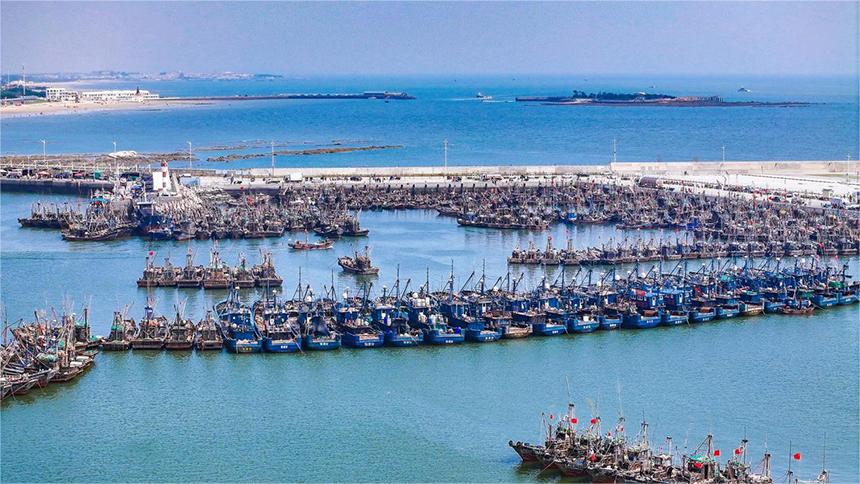China's CPI edges up by 0.6% in August, as vegetables, fruit prices jump
China's consumer price index (CPI), a key gauge of inflation, grew by 0.6 percent year-on-year in August, the National Bureau of Statistics (NBS) said on Monday.
In June and July, the CPI rose by 0.2 percent and 0.5 percent, respectively.
NBS statistician Dong Lijuan noted that August saw a seasonal rise in consumer prices due to high temperatures and heavy rainfall, causing the year-on-year growth to continue to widen.
The August CPI rose by 0.4 percent month-on-month, down 0.1 percentage points from July. Food prices grew by 3.4 percent, an increase of 2.2 percentage points, contributing 0.60 percentage points to the overall price rise, Dong said.
High temperatures in summer pushed up prices for fresh vegetables by 18.1 percent, mushrooms by 9.8 percent, fruit by 3.8 percent, and eggs by 3.3 percent, together contributing 0.49 percentage points to the month-on-month CPI rise. Pork prices increased by 7.3 percent, adding 0.10 percentage points, driven by reduced market supply.
Non-food prices rose by 0.2 percent, a decrease of 0.5 percentage points from July, contributing 0.13 percentage points to the CPI.
In the non-food sector, prices of industrial consumer goods narrowed from a 0.7 percent rise last month to a 0.4 percent decline.
Gasoline prices reversed from a 5.3 percent increase to a 2.7 percent drop, while fuel-powered cars saw a 6.4 percent price drop, with the decline slightly widening. Household essentials, home decor, and traditional Chinese medicine prices rose between 1.1 percent and 6.9 percent, though at a slower pace.
Service prices increased by 0.5 percent in August, with medical care, education, and domestic service prices rising 1.9 percent, 1.7 percent, and 1.6 percent, respectively. Airfares and hotel prices saw notable decreases, falling by 11.9 percent and 3.6 percent, respectively.
Chinese analysts expect the CPI to see a "moderate rebound" in the second half of the year, driven by growing consumption demand, and higher food prices, coupled with last year's low base effect. A strong increase in service consumption is also anticipated to support price growth.
"Looking ahead, demand for items like vegetables and clothing may increase, and the supply could remain tight. However, categories like housing rental may continue to see a downward trend," Bian Yongzu, executive deputy editor-in-chief of Modernization of Management magazine, told the Global Times on Monday.
"Overall, I expect the CPI to trend upward in the second half of the year, as consumer shopping will rise around key holidays such as the Mid-Autumn Festival, the National Day and the New Year's Day," Bian said.
The NBS data also showed that the producer price index (PPI), which measures costs for goods at the factory gate, dropped by 1.8 percent year-on-year in August, mainly due to insufficient market demand at home and the decline in prices of imported commodities, according to Dong.
Photos
Related Stories
- China to strengthen legislative efforts for high-quality economic development
- Central-local fiscal ties in the spotlight
- China's new growth drivers further gain momentum: index
- Earnings of listed firms reflect China's economic potential, resilience
- China has enormous innovation capacity to spur growth: experts
- China's consumer prices maintain growth in August
Copyright © 2024 People's Daily Online. All Rights Reserved.









